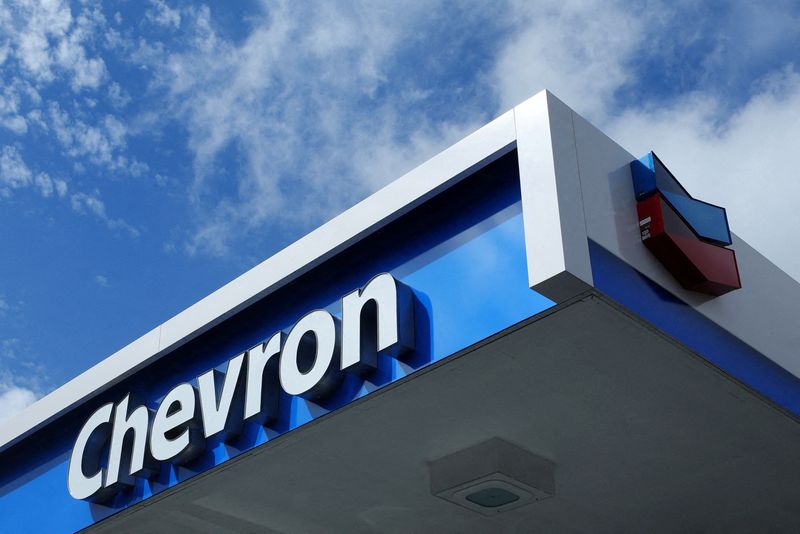Chevron delivers industry first in ultra-high pressure oil field
HOUSTON (Reuters) - Chevron (NYSE:CVX ) has achieved a technological breakthrough, producing first oil from a U.S. Gulf of Mexico field under extreme subsea pressures, the energy company said on Monday.
Its $5.7-billion project, called Anchor, ushers in an era of production from deepwater areas that had long been off-limits, because of the lack of equipment able to cope with pressures of up to 20,000 pounds per square inch.
Chevron and partner TotalEnergies (EPA:TTEF ) expect the Anchor development to produce for 30 years.
At its peak, the floating platform will pump up to 75,000 barrels of oil and 28 million cubic feet of natural gas a day. The field is about 140 miles (225 km) off the coast of Louisiana.
"This industry-first deepwater technology allows us to unlock previously difficult-to-access resources and will enable similar deepwater high-pressure developments for the industry," said Chevron Executive Vice President Nigel Hearne.
Another U.S. oil company, Beacon Offshore Energy, aims to replicate Chevron's 20,000-psi feat at its Shenandoah deepwater field, also off the coast of Louisiana. That project has been delayed, with first oil expected in the second quarter of 2025.
BP (NYSE:BP ) discovered the Gulf of Mexico’s first 20,000-psi field, called Kaskida, in 2006, but the subsea technologies of the time did not allow development. Until now, subsea technologies have largely been capped at pressures of 15,000 psi.
But last month, BP greenlit development of the field, citing new developments. It plans to leverage subsea equipment designs and achieve first Kaskida oil production in 2029.
Chevron's development will have seven subsea wells tied to the Anchor floating production platform. The subsea field is estimated to hold up to 440 million barrels of recoverable oil and gas.
"This Anchor milestone demonstrates Chevron's ability to safely deliver projects within budget in the Gulf of Mexico," said Bruce Niemeyer, head of Chevron's Americas oil and gas production.
Source: Investing.com
